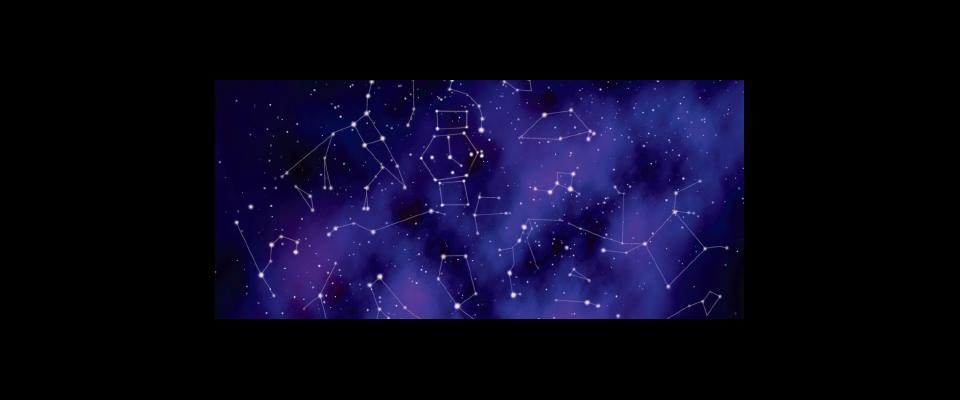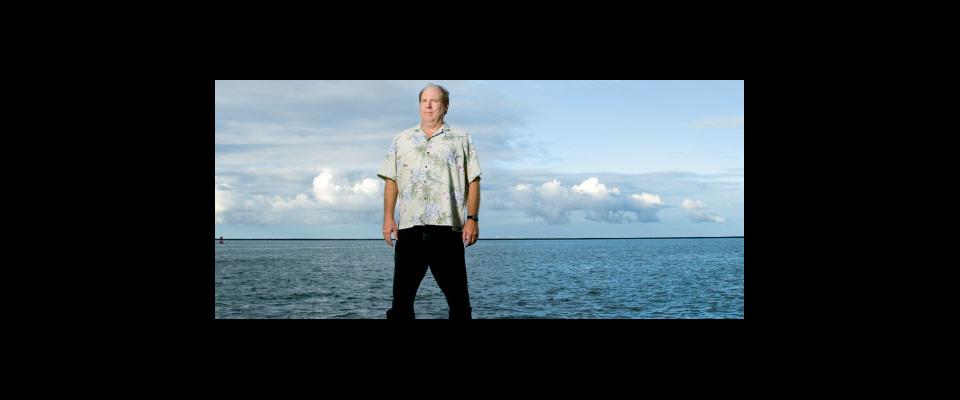A contraption that can run forever seems like it should violate the laws of physics. But an international team of scientists, including Berkeley post doctorate Tongcang Li and Professor of Mechanical Engineering Xiang Zhang, have designed a device that can do just that: It’s a space-time crystal that will keep time forever.
Technically speaking, the space-time crystal is not a crystal so much as a collection of ions. But it works on the same principle as crystals, and expands on a design originally proposed by Nobel Laureate Frank Wilczek of the Massachusetts Institute of Technology and his colleague Al Shapere at the University of Kentucky.
The basic idea is that an ordinary crystal, such as table salt or rock candy, remains stable because its molecules are locked in a repeating structure. This structure represents the lowest energy state possible for the material. Wilczek and Shapere proposed a way to create a structure that, like a crystal, would be repetitive and stable. But they aimed to make their structure constant through time.
Wilczek’s and Shapere’s paper only provided a mathematical description of the hypothetical space-time crystal. They didn’t know how to actually make the thing. That’s where the study’s lead author Li, Professor Zhang, and their team came in. This is the first time someone has come up with a feasible plan for a space-time crystal.
What Li’s team describes in their study, published last fall, would look nothing like a crystal, let alone a clock. Their design calls for a ring of beryllium ions moving in a regular formation. The ring would be trapped by an electric field and housed in a vacuum. When cooled to one-billionth degree Kelvin, as close to absolute zero as is possible, the system would be in its lowest energy state. Because the ions have the same charge, they would repel each other. That repulsion is what would keep the ions equally spaced, and a magnetic field would get them moving, each one nudging the other along in a continuous, periodic motion. By putting a marker within the ring, scientists can create a reference point at which to begin counting revolutions, thus marking off the passage of time.
The result will keep time forever, even in the “heat death” of the universe (when all energy is lost to entropy). Because the system is already in its lowest energy state, it will not be subject to entropy. Of course, the lab that holds the time crystal, and the scientists studying it, are a different matter.
Although the design is still hypothetical and many questions remain, Li is ready to build a prototype space-time crystal. He and his fellow physicists have already applied for a grant. They expect to know by this summer whether they have been approved.
Nothing like this time-crystal has ever been made before, and Li was hesitant to speculate on just what sort of studies the device will allow. But he says the team is interested in using the crystal to study fundamental physics questions about the nature of time and quantum mechanics. It could also be used to help understand friction and how superconductors work. Finally, the crystal also has potential practical applications, such as in data storage.
Li is something of a specialist in moving particles. For his doctorate, he was the first to measure the velocity of particles colliding randomly in what’s known as Brownian motion. Li was drawn to this research through his study of Einstein. He had read through the famed physicist’s papers “to see if there were any unanswered questions.” At the time, Einstein had said it would be impossible to measure the velocity of particles undergoing Brownian motion.
Li took that as a challenge. “I like to speculate or imagine something crazy and then see if we can do something new,” Li explained. “You just need imagination.”
As for the space-time crystal, the team assures the public that the crystal is not a perpetual-motion machine because it does not do any work; it produces no energy of its own. Rest assured, Berkeley researchers are in full compliance with the laws of physics.






















